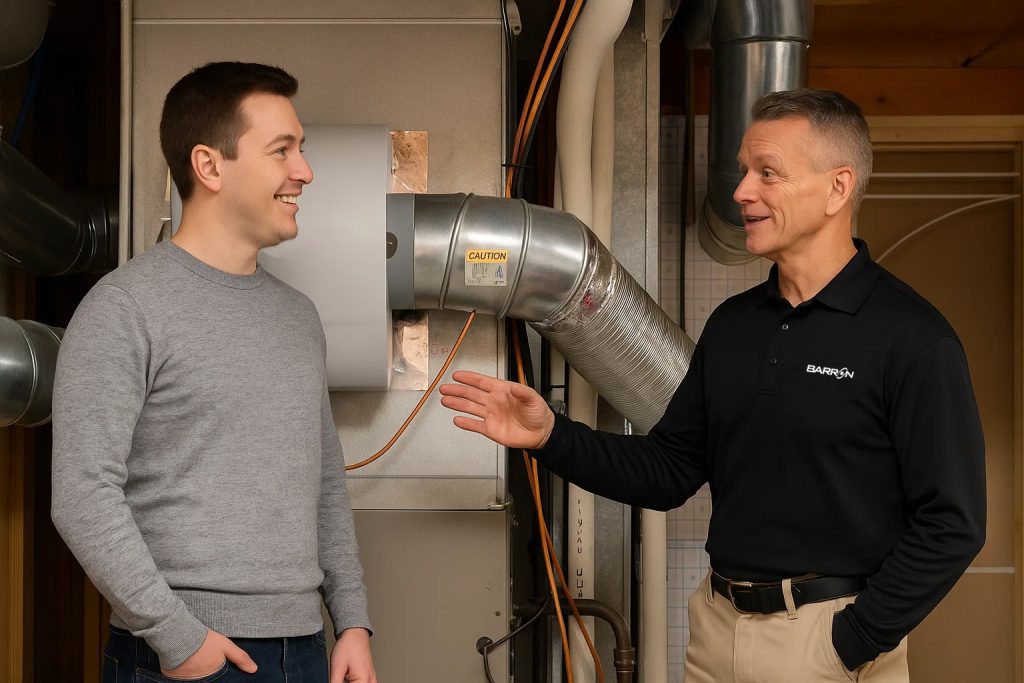Maintaining the right humidity level in your home is essential—not just for comfort, but for your health and the longevity of your house and belongings. Too much or too little humidity can lead to a host of problems, from mold growth and dust mites to dry skin and respiratory irritation. If your home is equipped with a dehumidifier or humidifier, understanding how to manage indoor humidity is key.

Ideal Indoor Humidity: Finding the Sweet Spot
The recommended indoor relative humidity for most homes is between 30% and 50%. This range strikes a healthy balance between moisture and dryness. When humidity levels stay within this zone, you can avoid issues like:
- Mold and mildew (common above 60%)
- Dry skin, static electricity, and irritated sinuses (common below 30%)
- Warped wood floors and furniture
- Increased allergens and dust mites
- Discomfort from either clammy air or dry, arid conditions
During summer months, humidity levels naturally rise, making a dehumidifier a helpful addition. In winter, indoor air often dries out due to heating systems, and a humidifier can restore moisture.
Why Moderate Humidity Matters
Moderate humidity is not just about comfort—it also affects the health of your family and the condition of your home:
- Health Benefits: High humidity encourages the growth of mold, bacteria, and dust mites, which can worsen asthma and allergy symptoms. Low humidity can dry out nasal passages and skin, increasing the risk of colds and irritation.
- Home Protection: Wood furniture, floors, and even structural elements like joists and beams can swell or shrink depending on moisture levels. Keeping humidity in check helps preserve these materials.
- Energy Efficiency: Proper humidity can make your HVAC system work more effectively. Dry air in winter can feel colder than it is, causing you to crank up the heat unnecessarily. Similarly, humid air in summer feels warmer, putting extra strain on your air conditioner.
Using a Dehumidifier or Humidifier Effectively
If your home tends to be too damp or too dry, whole-house or portable units can help manage the moisture level. It’s a good idea to use a hygrometer (a humidity gauge) to monitor your indoor levels and adjust your equipment accordingly.
- Dehumidifiers: Best used in basements or humid climates. Set your dehumidifier to maintain indoor humidity around 40–50%.
- Humidifiers: Ideal during dry, cold months. A setting of 30–40% in winter is usually sufficient to stay comfortable without promoting condensation on windows.
When to Call a Professional
If your humidifier or dehumidifier isn’t working correctly—making odd noises, not turning on, or failing to maintain the right humidity—it’s time to call in a certified HVAC technician. While some issues are minor (like filter changes or drain clogs), proper diagnosis and repair ensure your system operates safely and efficiently.
A professional can:
- Calibrate your system for optimal humidity
- Clean or replace filters
- Repair sensors, fans, or electrical components
- Recommend system upgrades or replacements
A healthy home environment depends on balanced humidity. Whether you need to add moisture during winter or remove it in the summer, staying in the 30–50% range improves comfort, preserves your home, and promotes better health. With the help of professional HVAC service, your humidifier or dehumidifier can keep your air just right all year long.
Our team of Home Performance Experts has served the I-5 corridor from Blaine to Marysville, Oak Harbor to Concrete, and the San Juan Islands since 1972 with a mission of Improving Lives™. We look forward to serving you too! Contact Air Solutions By Barron today for dehumidifier services.
